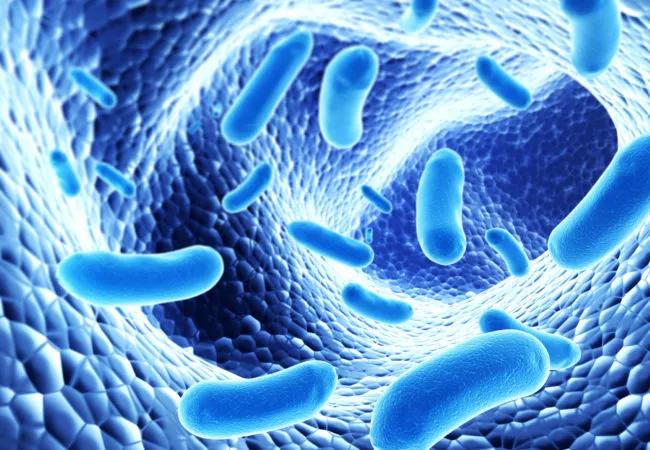First-of-its kind study broadens understanding

While not every patient with PTEN Hamartoma Tumor Syndrome (PHTS) will develop cancer, individuals with PHTS have a significantly increased risk of developing cancer in their lifetimes compared to the general population.
Advertisement
Cleveland Clinic is a non-profit academic medical center. Advertising on our site helps support our mission. We do not endorse non-Cleveland Clinic products or services. Policy
In PHTS patients, lifetime cancer risk is as follows:
The ability to further discriminate between PHTS patients who are at greater risk of developing cancers compared to other PHTS patients would be useful in cancer risk assessment, surveillance and medical management.
Cancer susceptibility is influenced by interactions between environmental and genetic factors. In PHTS patients, we know the genetic factors that can predispose a person to cancer; however, we do not know how environmental factors influence cancer risk.
Certain changes in the human microbiome (the combined genetic material of the microorganisms in a particular environment, including bacteria, viruses and fungi) are associated with various cancers. Specifically, the gut microbiota of patients with sporadic (non-PTEN related) breast and colorectal cancer are structurally distinct compared to healthy controls. Gut dysbiosis (microbial imbalance or maladaptation) has also been linked to colorectal cancer, and changes in urinary microbiota have been associated with urothelial carcinoma. However, researchers are still seeking methods to predict which patients with PHTS will develop cancer.
Recently, researchers from Cleveland Clinic’s Genomic Medicine Institute (GMI) published a pilot study characterizing the microbial composition of stool, urine and oral wash in patients with PHTS in an effort to identify clinically significant risk factors for cancer at an individual level. Researchers analyzed the microbial composition of two groups of patients with known PTEN mutations: those with and without cancer.
Advertisement
“To our knowledge, this is the first study to investigate whether there are bacterial differences in the gut, urinary tract or oral cavity that are associated with heritable cancer specifically in patients with germline PTEN mutations,” said Charis Eng, MD, PhD, Chair of GMI and Director of the Center for Personalized Genetic Healthcare. “Our hope is to find a biomarker that would help us diagnose cancer quickly and easily. In our wildest dreams, we hope we can use microbiomics right before cancer forms, and then prevent cancer with probiotics or antibiotics.”
This study identified no differences in the types of microbes found in the fecal samples from PHTS patients, regardless of their cancer status. However, patient samples contained more or less of certain families of bacteria depending on whether or not they had a cancer diagnosis. Specifically, fecal samples from PHTS cancer patients had relatively more abundant operational taxonomic units (OTUs) from family Rikenellaceae and unclassified members of Clostridia, whereas families Peptostreptococcaceae, Enterobacteriaceae, and Bifidobacteriaceae had relatively more abundant OTUs among fecal samples from PHTS patients without cancer. There were no major shifts in microbial diversity or community structure in the oral wash or urine samples based on cancer status.
This study provides initial evidence that differences in gut microbiota composition may inform whether or not a PHTS patient will develop cancer. Our observations suggest the utility of an expanded study of gut dysbiosis as a potential cancer risk modifier in PHTS patients.
Advertisement
Advertisement

First full characterization of kidney microbiome unlocks potential to prevent kidney stones

Researchers identify potential path to retaining chemo sensitivity

Large-scale joint study links elevated TMAO blood levels and chronic kidney disease risk over time

Investigators are developing a deep learning model to predict health outcomes in ICUs.

Preclinical work promises large-scale data with minimal bias to inform development of clinical tests

Cleveland Clinic researchers pursue answers on basic science and clinical fronts

Study suggests sex-specific pathways show potential for sex-specific therapeutic approaches

Cleveland Clinic launches Quantum Innovation Catalyzer Program to help start-up companies access advanced research technology